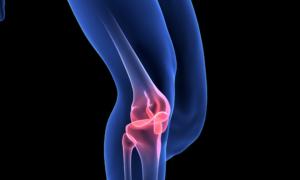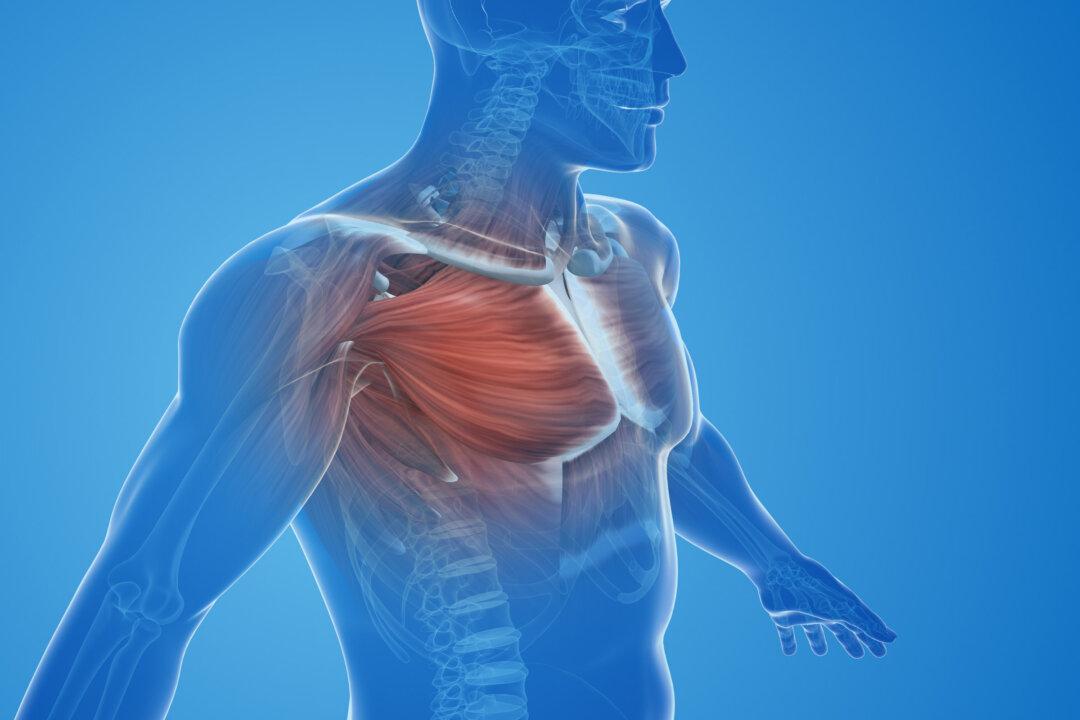Australians living with knee osteoarthritis have been advised to reconsider knee replacement surgery after more conservative management approaches were found to be safe and effective.
This comes after the clinical care standards for knee osteoarthritis were updated following concerns that unnecessary knee surgeries and imaging tests are on the rise.
Under the new guidelines, physical activity and weight management are effective treatment options for knee osteoarthritis.
“It’s interesting, people are ringing my office from around the country wanting to come and see me, but you look at all their information, and they really haven’t had any appropriate management at all,” Dr. Chris Vertullo, an orthopaedic surgeon with 20 years experience performing knee surgeries, and one of the experts involved in reviewing the standards, told The Epoch Times.
“They need to accept that they don’t need to see a surgeon straight away. That’s probably counterproductive to them. They should really talk to their general practitioner (GP), and have a frank and open discussion about their lifestyle, and what they need to do to improve it.”
Another common surgical procedure is knee arthroscopy, or “keyhole surgery,” where surgeons examine the joint and remove damaged tissue. This procedure is now rarely used because it has been shown to not improve pain or function.
“Now, there are some people who just present, and they essentially have end-stage arthritis,” Dr. Vertullo said.
“And they have tried to manage it as best they can through all the things that should be doing; and then it’s the first time they go to their GP, where they do the referral [for surgery].”
“But there’s a significant portion of patients who can be successfully managed, initially through giving a formal diagnosis ... by their GP.”
Additionally, patients do not need an X-ray or MRI “unless it’s indicated or there’s something unusual,” he said, adding that reducing unnecessary imaging tests, and ultimately, unnecessary surgery—is one of the most important aspects of the revised guidelines.
“Increasingly, we’re seeing patients arriving at someone like myself, who’ve had a number of investigations, but, in fact, are actually unaware that their primary problem is osteoarthritis of their knee.
Public Misconceptions on Knee Osteoarthritis
It is estimated that more than one million Aussies are living with knee osteoarthritis, which is more common in people aged over 45 years.Osteoarthritis is the most common form of arthritis in Australia, with around 2.1 million (8.3 percent) people estimated to be living with the condition in 2022.
The chronic condition results from the breakdown of cartilage between the ends of one or both joints and mostly affects the knees, hands, and hips. Movement limitations due to pain, swelling, and stiffness from osteoarthritis can hinder a person’s activities of daily living, such as walking, climbing stairs, standing from a sitting position, and getting in and out of cars.
Yet, there are common misconceptions held by the public that prevent those with knee osteoarthritis arthritis from finding other means to achieve a better quality of life.
“One of them is that if you’ve got arthritis, ‘nothing can be done,’ said Michael Ingle, an advanced clinical physiotherapist for Queensland Health and a spokesperson for the Australian Physiotherapy Association (APA).
“That would be the number one misconception, which we know is not true because a lot of people think that arthritis just means that they’re getting pain because their body’s ‘wearing down or wearing away.’
“And there’s perhaps a kernel of truth in that—that osteoarthritis is a degenerative condition—but we know that there is a wide spectrum of how much pain or activity limitation or difficulty, or how much people will have for the same degree of degeneration in their joints.
“So what we try to do as physiotherapists is maximise people’s strength, their flexibility, how much they’re exercising, and making sure they’re seeing appropriate other health professionals.”
Moreover, people who are overweight have double the risk of developing knee osteoarthritis, and for people with obesity, that risk is fourfold.
According to the guidelines, exercise is safe for the knees “even if you have severe knee osteoarthritis.”
“Nine out of 10 people with knee osteoarthritis can manage without needing joint replacement surgery,” it states.
“Even a small amount of physical activity is better than none to improve your general fitness and to strengthen muscles around your joints.
“Even if you do need knee surgery, being physically active leading up to the surgery can improve your ability to recover and return to your usual activities after the operation.
“Feeling some pain or discomfort when exercising is normal and does not mean it is damaging your knee joint.”
Ingle added that patients experiencing pain should receive appropriate pain medications from their GP.
Additionally, a multidisciplinary approach that includes dieticians and rheumatologists should be considered.
Another misconception is that knee replacements are the only option, Ingle said.
“We’re seeing a lot of people thinking, ‘Well, all I can do is have surgery and get my joint replaced if I’ve got arthritis,’” he said.
“Those beliefs are not only held by the public, but they’re also held up by health care professionals.”
“And so people are often referred straight to surgeons, and they have not done any physiotherapy at all. And so what that leads to is a lot of potentially unnecessary surgeries, which is costing the taxpayer and the health system a lot of money.”
Ingle added that surgery should be done once people have gone through a thorough exercise program, have tried to lose weight, and have used pain medicines.
“So, in other words, when they’ve maximised all non-surgical treatments,” he said.
Ingle said the reasons for the increase in referrals also come from a “lack of awareness and training” of GPs, who write the referral.
Exercises Are Effective But More Funding for Allied Health Services Needed
“There’s plenty of non-surgical treatments that can be beneficial,” Ingle said. “For a lot of people, it works.”“And we encourage people to go on to discuss those with their local physiotherapist, or their general practitioner and try and be proactive with arthritis rather than reactive, and that might help a few people avoid going under the knife.”
Ingle added that an exercise program, which costs less than $1,000 ($US681), is far cheaper for the healthcare system than a knee replacement, which can cost around $20,000.
“Everyone can exercise, but there are a lot of people, especially people in pain, where they need supervision and support,” he said.
Under Australia’s Medicare Benefits Scheme (MBS), eligible patients can access up to five allied health services per calendar year, including physiotherapy and exercise physiology, for chronic disease management arrangements on referral from their GP. At the same time, eligible First Nations patients can access up to ten allied health services per calendar year.
The MBS Review Advisory Committee is currently reviewing whether changes to the number of available services should be made, a spokesperson for the Department of Health and Aged Care told The Epoch Times.








